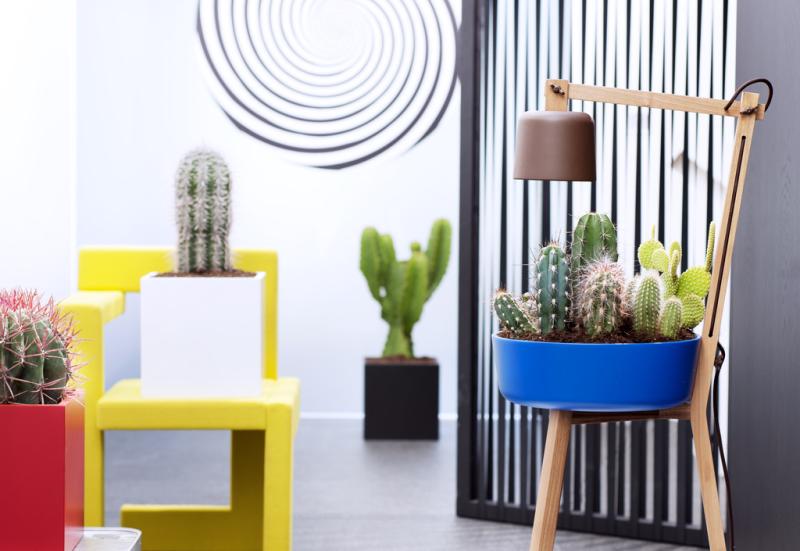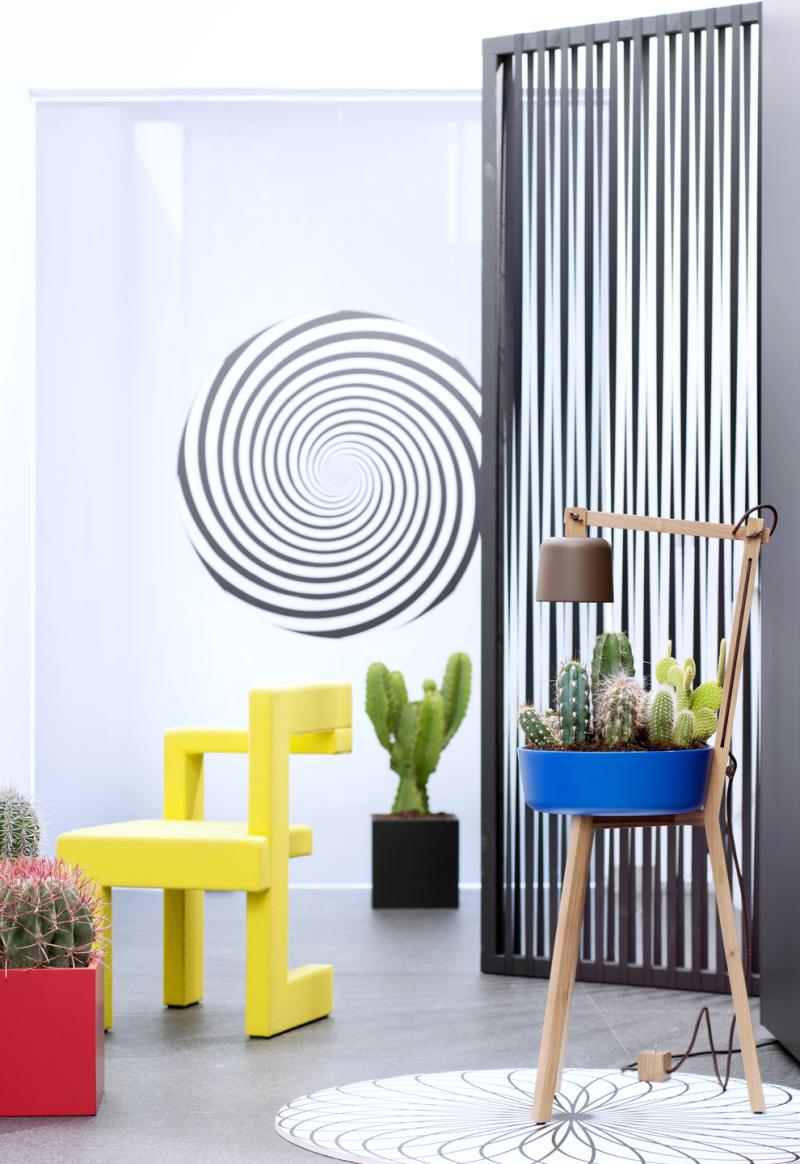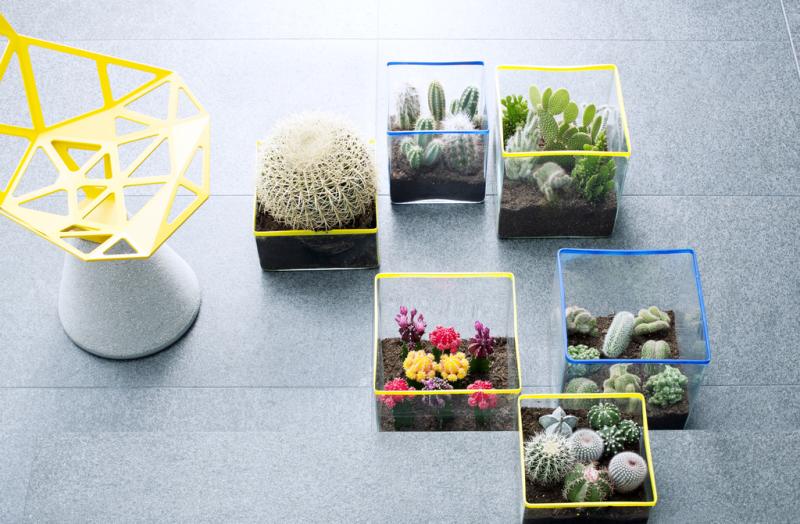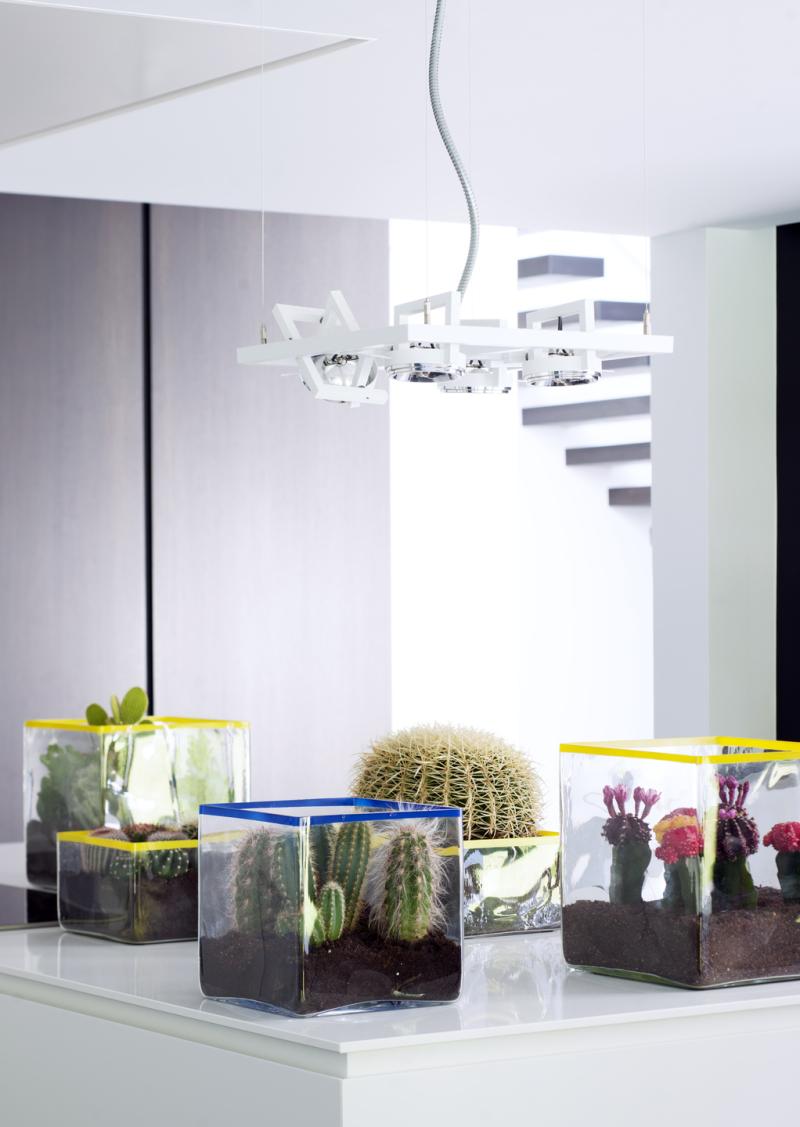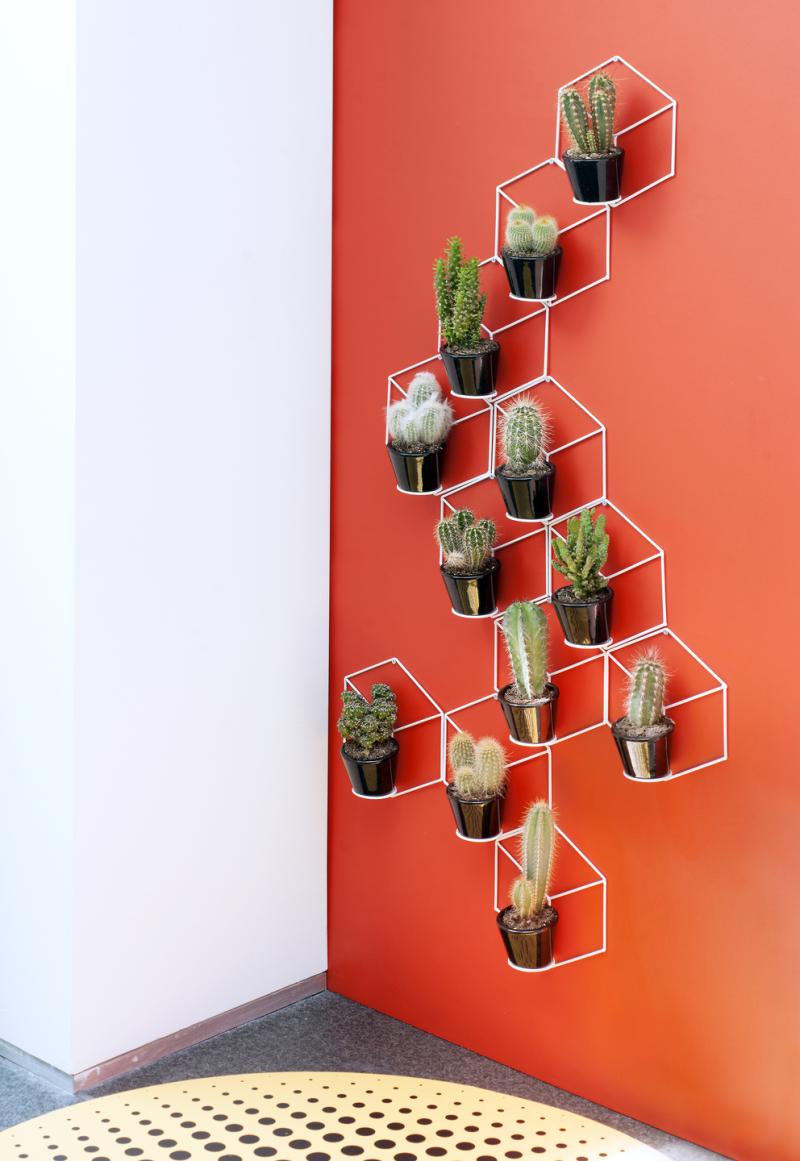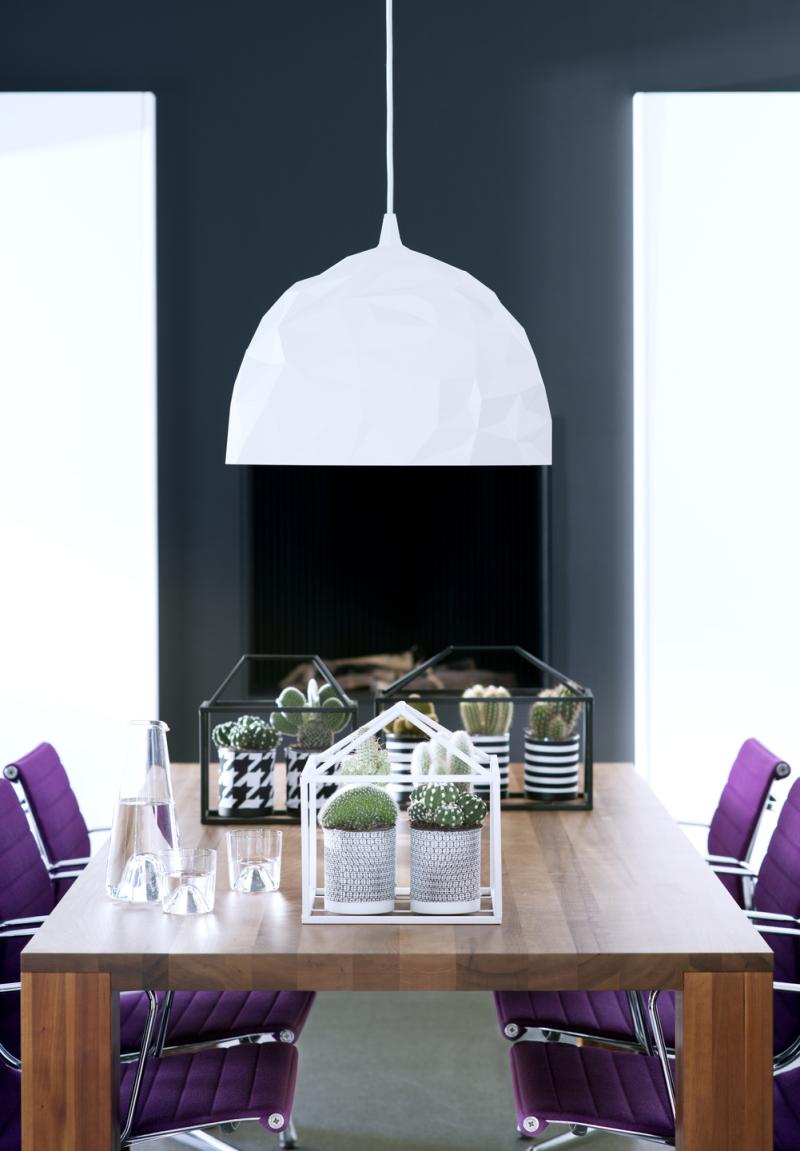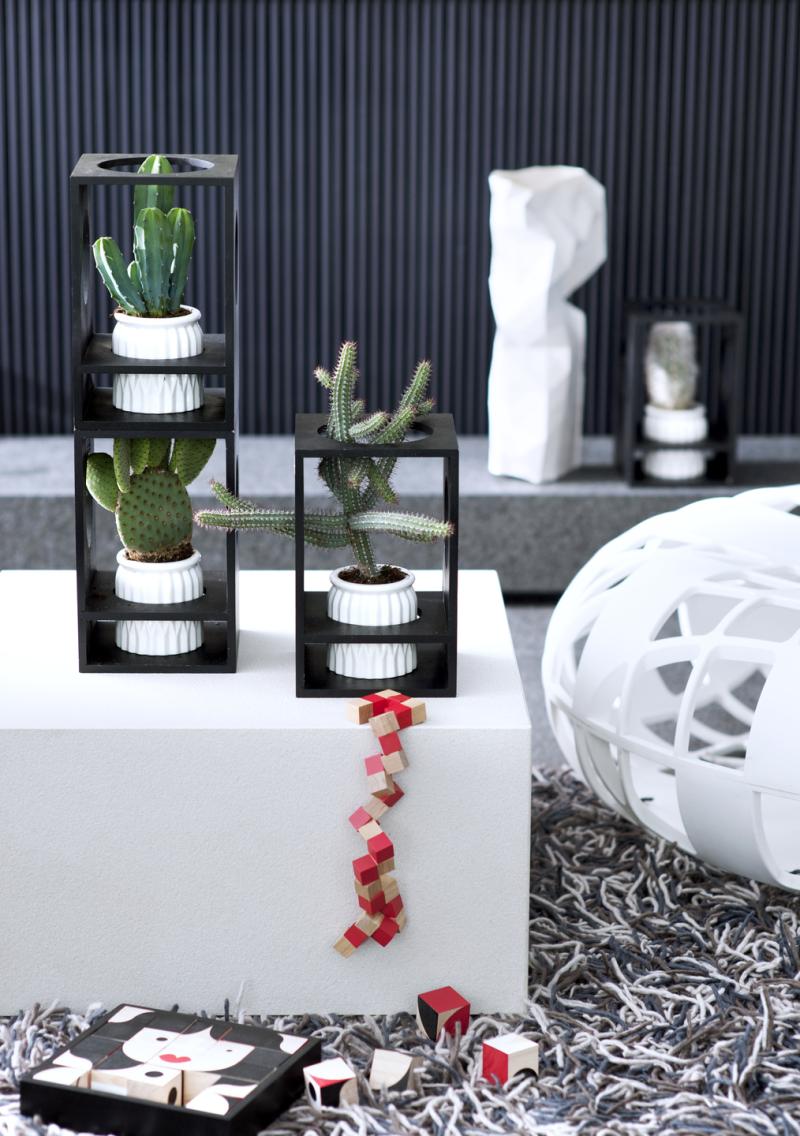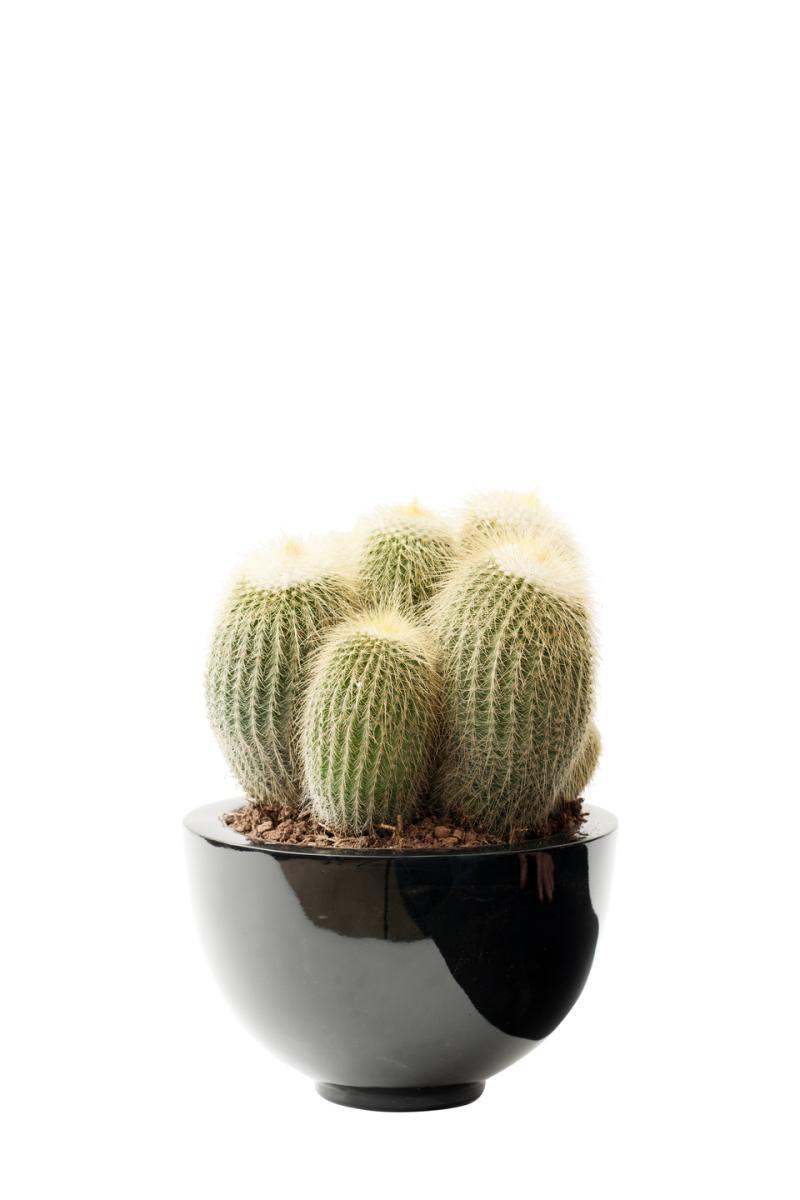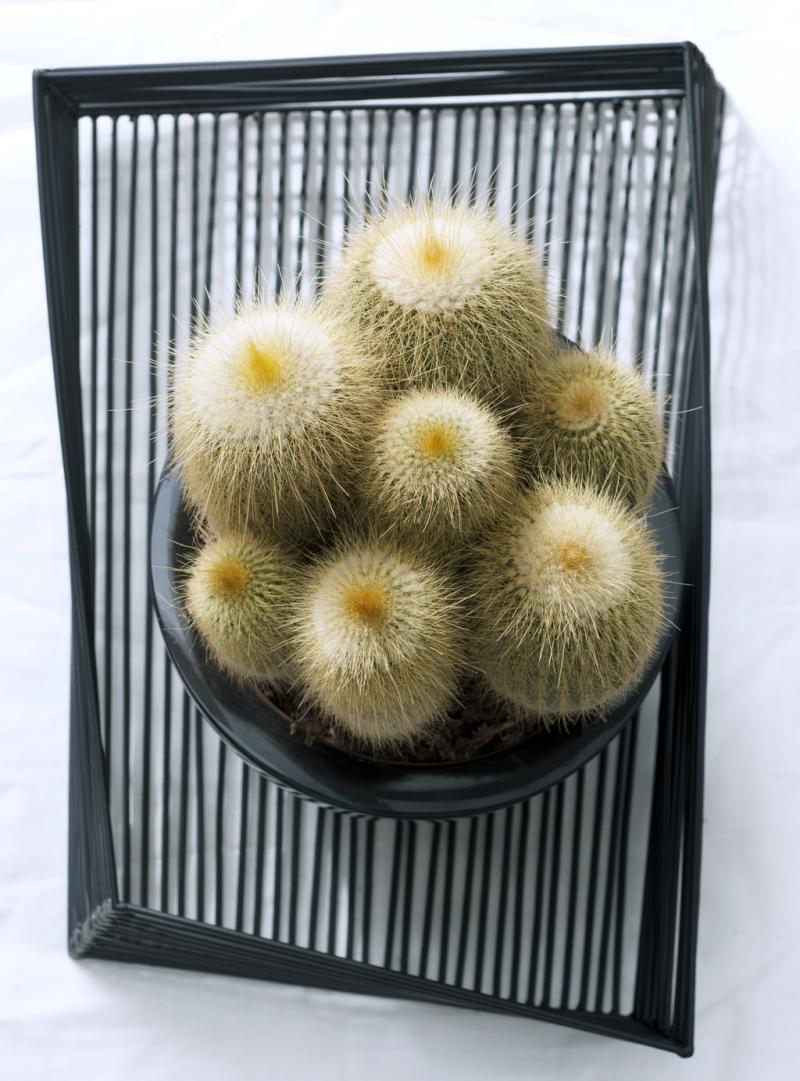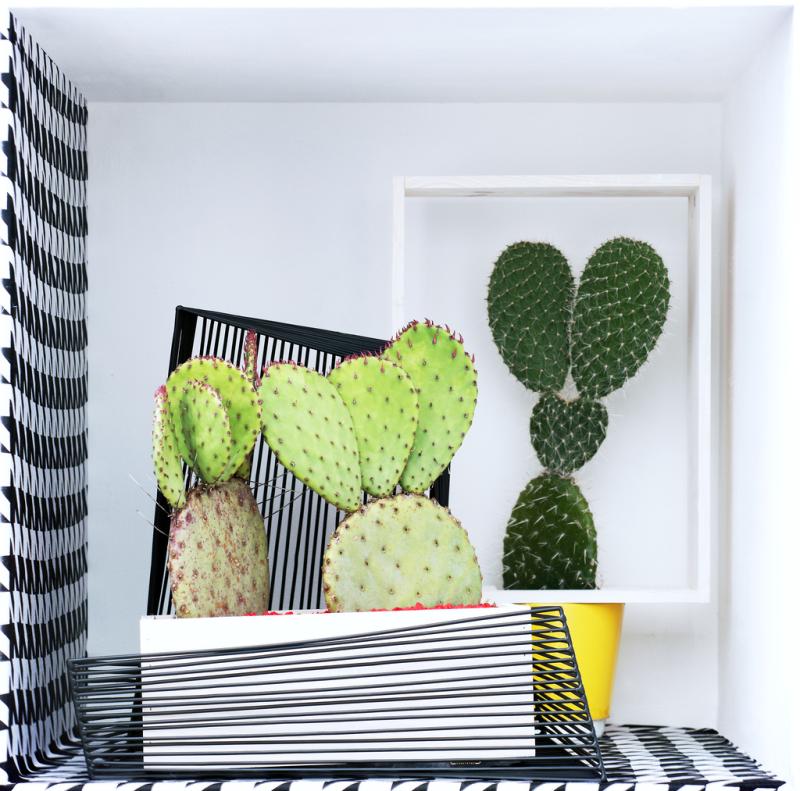August 2016: Cacti are the Houseplants of the month
Exciting, unusual, virtually maintenance-free and the type of houseplant that lasts for so long that you may start to view it as a pet, cacti are the houseplants of the month. Take advantage of the POS material at the bottom of the article which is free to download to add an extra dimension to your display of this prickly beauty.
The story of the cactus
Whether it’s the trendy geometric shapes or the air of untouchability, the cactus is an exciting houseplant which has a big impact in a room and often lives with its owners for generations. This classic’s comeback can be attributed to the fact that it’s both a very easy houseplant to care for and it looks distinctive - perfect for people who like unusual, low-maintenance design.
Production of the cactus
The prickly individuals that we call cacti (official name: Cactaceae) only occur in North and South America, with a heavy concentration in Mexico. The plants grow well in dry desert regions where they have adapted beautifully to the extremely dry conditions and still manage to reproduce amidst their struggle for survival.
The name ‘cactus’ comes from the Greek word 'kaktos', which means ‘prickly plant’. All cacti are succulents, but not all succulents are cacti. Like many other succulent plants, cacti have succulent properties: the ability to store moisture in their thick fleshy trunk and stems. These reservoirs help them to get through dry periods. Cactus roots are very strong and are usually just below the surface in order to be able to slurp up as much water as possible when it rains.
The stems have areolae, the place where the leaves should really be. On the cactus these have developed into parts of the plant, such a thorns, spikes, glochids (clumps of hairs with hooks) and bundles of long hairs. The cactus’s surface has a layer of wax in order to minimise evaporation. Cacti have been cultivated for centuries, primarily by real enthusiasts.
What to look for when buying cacti
- The purchase of a cactus is determined first by the species and the pot size in which the plant is offered.
- The age can also influence the purchase. It’s also important to consider transportability, particularly for the larger sizes, for reasons of safety.
- Check that the cacti are free of mealybug on both the plant itself (the body) and the root system. With its woolly white layer of wax, it’s one of the most common pests on cacti and difficult to deal with both at the point of sale and in the customer’s home.
- Spider mite (eight-legged insects that cover the plant in a fine and dense web), aphids, brown scale and scale insects or thrips can also occur.
- Check for damage, and ensure that the roots are in good condition. If the plants have been left in wet soil for an extended period, they may have rotted ‘from the pot’. This can also be caused by fungi and bacteria. The green part – the actual stem – will then feel soft.
Choice of cacti
The range of cacti is enormous, extending from tiny sleek shapes to enormous jagged pillars and from soft grey hairs to large sharp thorns. Many cacti are sold in mixed trays, particularly the smaller sizes. The species most commonly sold are Echinocactus, Ferocactus, Gymnocalycium, Opuntia and Mamillaria.
Succulent Euphorbia species closely resemble cacti and are often placed in the same product group. It’s easy to spot the difference. On Euphorbia the spikes and thorns grow directly out of the green body of the plant, whilst on cacti they grow out of the areolae - the thickened/raised parts on the green body.
Cactie can be classified by species, place of origin or shape. The following groups apply in the case of shapes:
- pillar cacti: vertical shapes, starting small and achieving a real pillar shape when more mature (Pachycereus)
- rock cacti: shape resembling a rock (Cereus)
- disc cacti: produce edible fruit, watch out for the hairs (Opuntia)
- creeping cacti: small horizontal stem (Selenicereus)
- globe cacti: attractive globe shape (Echinocatus, Mamillaria)
- hanging cacti (Aporocactus)
- epiphyllum group: cacti which grow as epiphytes (Epiphyllum)
- grafted cacti: 2 species grafted together (Gymnocalicium)
Care tips for customers
- Cacti are easy to care for. In order to get the plant to flower successfully every year, it’s best to give it more water in the summer and less in the winter. This is partly dependent on the species and the size of the plant.
- Too much water is never good; it’s best to allow the soil to dry out before watering again.
- A cactus appreciates a warm and sunny spot in the summer; it can even go outdoors on a patio or balcony. The position should be cooler and light in the winter. This rest period in the winter helps the cactus to flower in the spring.
- If the plant needs to be repotted, use a fairly impoverished soil. Special cactus soil is available for this.
- Place the plants in a safe place if there are children or pets around.
- Sales and display tips
- One cactus is never enough – the plants speak to the imagination best when different species are displayed together. Enhance the display with the POS material that can be downloaded below.
- The cactus is the easiest houseplant ever for the home, a student room or an office.
- The plants can be used in both traditional interiors and a modern setting. Potted in attractive containers in different materials, shapes and structures which echo the cactus’s colour and shape offer endless possibilities for customers to enjoy this houseplant for many years.
- The various sizes available, from mini to large bowls, make them an ideal gift. Combinations of cacti in bowls, terrariums or bell jars with a ventilation hole create an exotic mood.
- The plants can also be used for certain summer or holiday themes (beach, Mexico, indoor rock garden).
Images of Cacti
You can download the images below free of charge.
Cacti Poster
You can download the poster using the link below.

